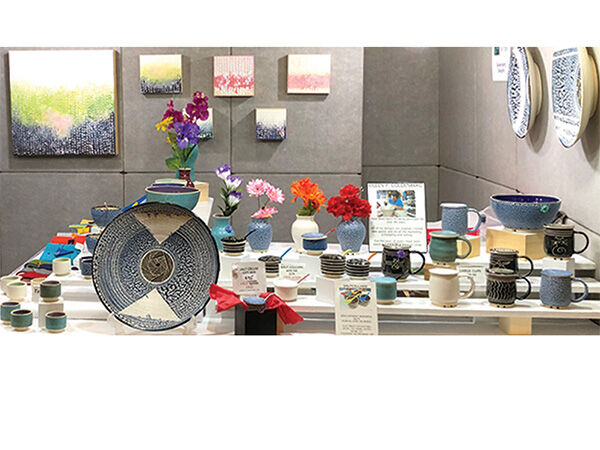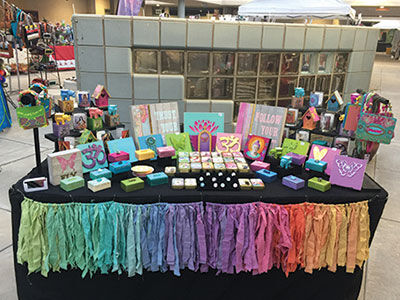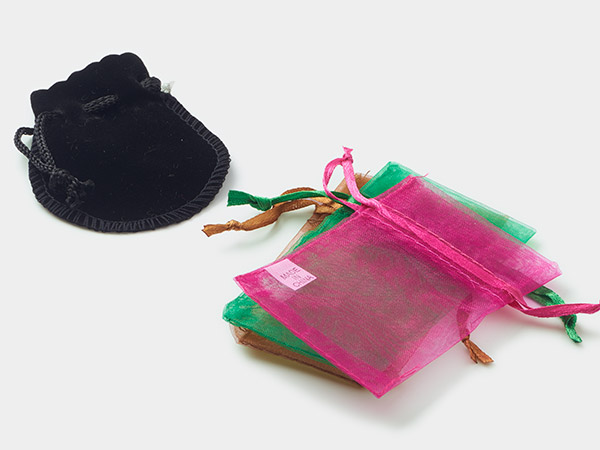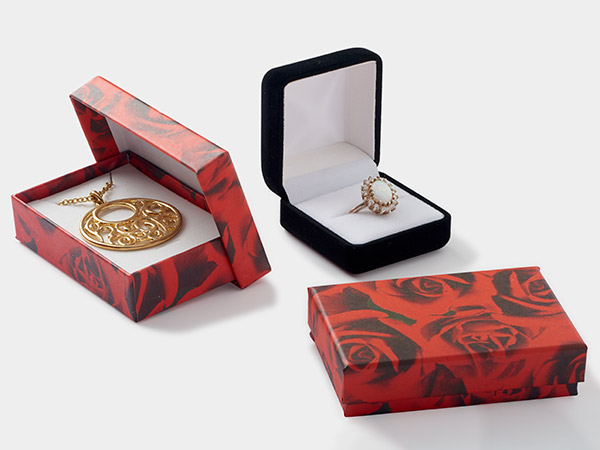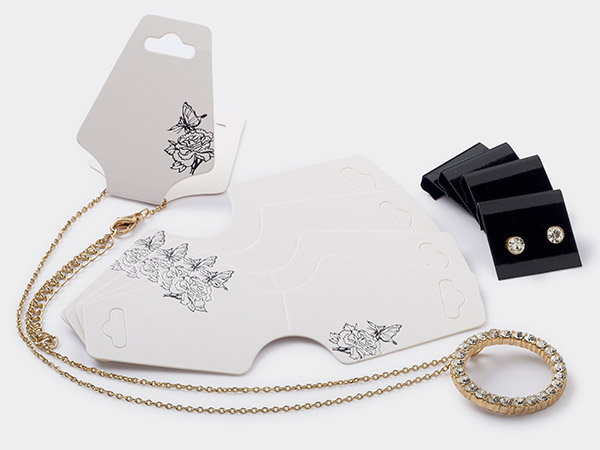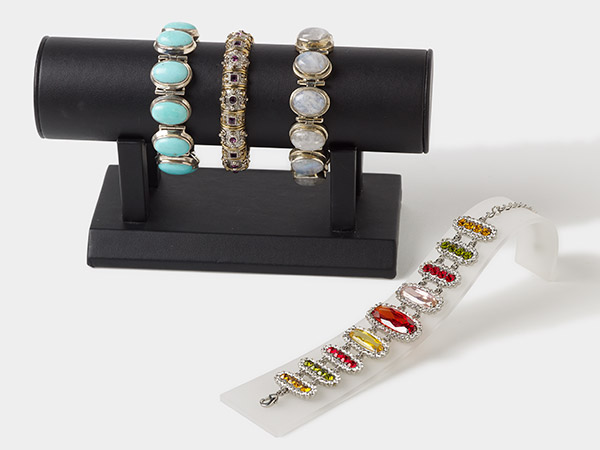The Importance of Booth Display
by Donald Clark
Questions keep coming up about booth design, so I keep thinking of ways to be helpful. In the last few months I've attended a number of retail shows ranging from a church fair to a major seconds sale and a well-known sale of work by nationally known potters. Often, I'm not a shopper for goods, but rather a shopper for ideas about booth design and display. I have a lot to say about this important piece of a maker's retail outlet and a driver of their brand. I would encourage you to visit as many shows as you can and to check out booth images on social media.
Let's have some disclaimers. First, since I'm writing for a winter issue, I'm going to focus my thoughts on inside shows, perhaps later in the year we can tackle the challenges of displaying in an outside venue, uneven terrain and weather for instance. And second, it has been years since I built and used a booth for my pop-up custom dyed clothing business. Over the years since then numerous new building products have been developed as well as a wider range of services offered by the show producers. Best to talk to friends who are current exhibitors about the materials and methods they used to create their booths. Again, you can turn to the internet for ideas. Some basic principles of booth design will never change, I'd like to explore those.
Step right in
Design a booth you can transport from studio to show and back easily and that you'll be able to move around the venue using a hand truck. It really helps if you can build it alone.
The design you come up with must make the visitor want to step in. You must set yourself apart from the competition by creating an environment that lets the visitor enter and forget they're at a trade show. Typically, you have only seconds to get the attention of someone passing by. A sure-fire way to accomplish this is to greet them as they approach. Invite them in to see your work. Another is the way you use the wall space, even though much of it may be taken up by product display. How about using some of the wall to display large color images of special pieces of your work and of you in the studio, the public enjoys seeing the maker making. If you're using a pole and drape booth you can take the images to a sign maker who will be able to print them on fabric complete with gromets for hanging. Speaking of walls, white is always a good color choice, but perhaps the back wall could be a deep bright color that will give your space some power. If you're showing jewelry with your cases right on the aisle, you surely have lots of wall to display eye catching images. Also be sure to have signage with your name hung high toward the front on each side wall. You want to be sure the visitors can see your name from whatever direction they approach your booth. I know the producer of the show gives you a sign/s, they're just like all the other exhibitors signs, you want to do better.
Less is more
Be sure to create a clear traffic pattern in and out of the booth. No one wants to feel trapped by a dead end. Why not have a floor covering that is different from that in the aisles, shoppers spend a lot of time on their feet, a soft floor would be a welcome treat. Once you get them in you need to keep them there, the longer they stay the more likely they'll be to make a purchase. This is when you talk about the features and benefits of your work. The visitors of craft shows also like to hear about how something was made. Of course, they can't buy it if they can't see it. You need light and lots of it. Be sure to check with the show producer about the power available and its availability for your booth.
Often, we think we need to put all the work out at once. Oops, now we have a display that makes it difficult for the buyer to see individual pieces. You're not setting up a tag sale. It might be helpful to set up the displays in the studio. This will let you begin to organize pieces, so they tell your story and also to see when enough is enough. If you make a bowl or scarf or hat in 10 colors just show a few, the customer who's really interested will ask if there are other colors, you can then produce them.
This brings up the need for storage for extra product and all the stuff you need to run your retail shop. Assuming you are displaying on tables or other surfaces, that are carefully draped, with space beneath that's obviously where the back stock goes. Be sure to keep things in order with similar pieces above and below. If you're using shelving without any storage it would be a good idea to keep some space behind the back wall where you can stash the back stock. For instance, in a booth that is 10 feet deep you might place the back wall at 8 feet. Although not as convenient or readily accessible you could leave extra back stock in your hotel room.
Odds and ends
Then there's the office supply situation, all that stuff must go somewhere and be readily available. The stuff could include price lists, show cards, business cards, any artist statements you've written, a sign-up sheet to collect email addresses, and the materials needed to make the actual sale. You really don't want these things cluttering up your display, so where do they go? I would suggest you design a pedestal with one open side and shelves within. The top can do double duty, sometimes an office space and and at times a place to display a piece you want to feature. All the office supplies can be on the shelves below. I'd place it next to your chair. Oh yes, let's not forget a chair, you can't stand throughout the entire show. Having the chair right on the aisle lets you sit for a bit and still greet oncoming visitors. And of course, the chair needs to be bar stool height so you can greet visitors, eye to eye.
All this careful planning will be for naught if you're not totally present. At the last show I attended a maker was sitting front and center concentrating on their phone. I went right by as did most of the people around me. People come to craft shows to see and purchase beautiful objects AND to meet and schmooze with the maker. Design a beautiful and functional booth AND be there for your public, you'll have a much healthier bottom line.
Shop for Your Materials Here:
Have a question regarding this project? Email Customer Service.
Copyright Permissions
All works of authorship (articles, videos, tutorials and other creative works) are from the Fire Mountain Gems and Beads® Collection, and permission to copy is granted for non-commercial educational purposes only. All other reproduction requires written permission. For more information, please email copyrightpermission@firemtn.com.
